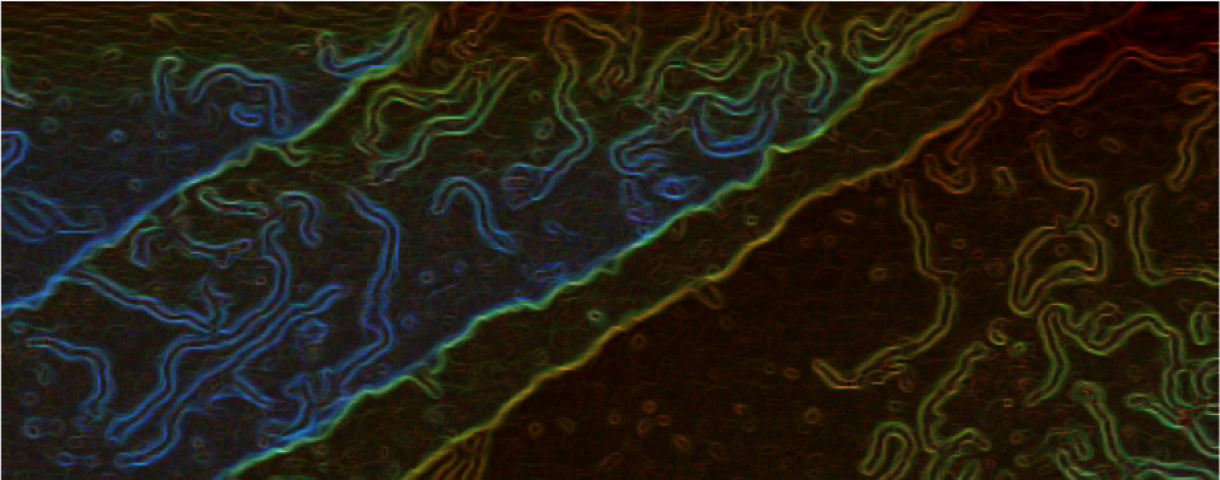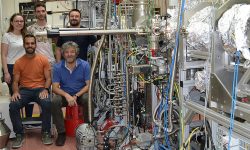Development of a Graphene SG-FET aptasensor able to detect attomolar concentrations of hepatitis C virus core protein
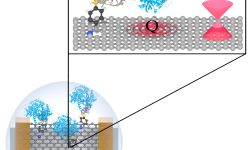
Biosensors based on graphene field-effect transistors have become a promising tool for detecting a broad range of analytes. However, they lack the stability and reproducibility required to step into biotechnological and biomedical applications. ESISNA group has used a promising physical graphene functionalization protocol which allows atomically-precise highly-controlled covalent functionalization, preserving…
The influence of reaction conditions on the growth of MOFs on surfaces
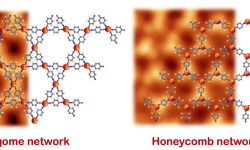
The importance of the reaction conditions has been confirmed in this study, where following an on-surface synthesis approach on the same surface and with the same precursor, two different metal-organic frameworks were obtained. The distinction comes from the different synthesis protocol of the controlled growth of both metal-organic nanostructures. Thus,…
Front cover in Chemistry – A European Journal!
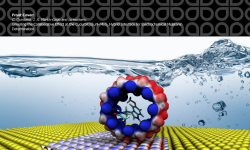
Host-guest interactions are of paramount importance in supramolecular chemistry and in a wide range of applications. Particularly well known is the ability of cucurbit[n]urils (CB[n]) to selectively host small molecules. We show that the charge transfer and complexation capabilities of CB[n] are retained on the surface of 2D transition metal…
Why individual heptagonal rings are not stable on surfaces?
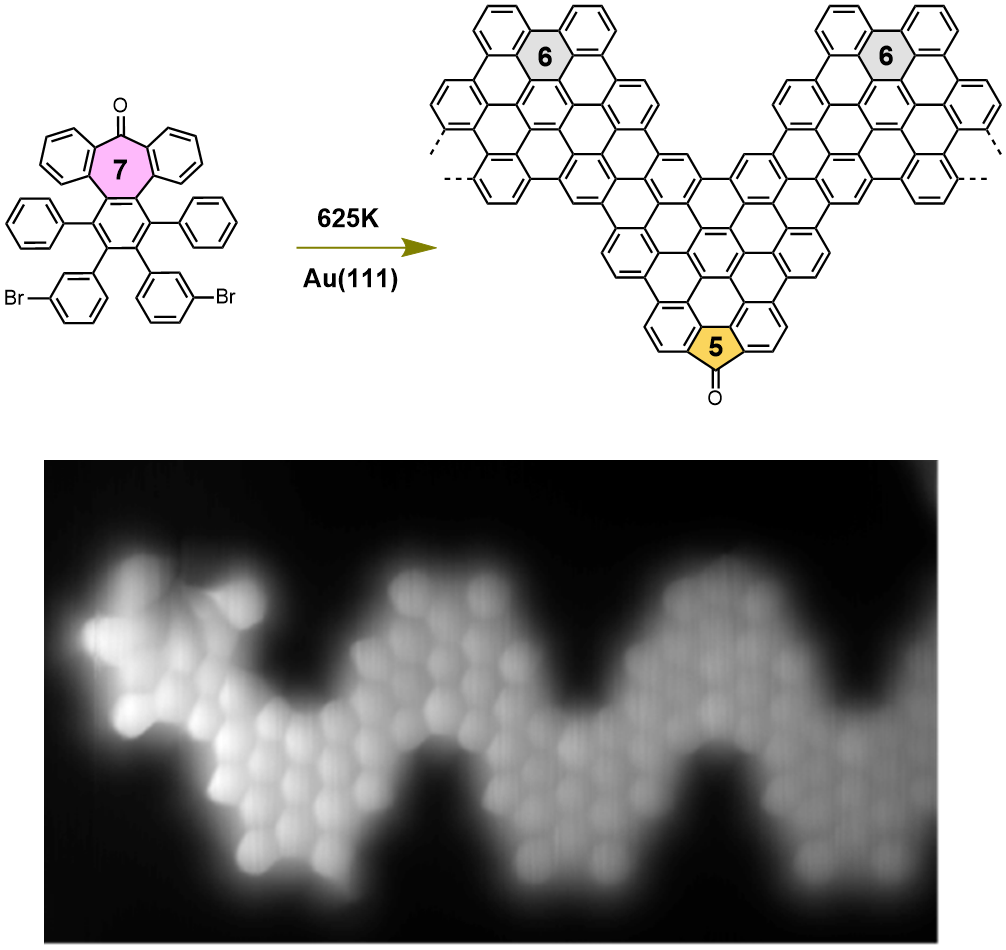
Graphene nanoribbons, GNRs, – narrow stripes of graphene – are predicted to exhibit attractive electronic properties for the fabrication of nanoscale electronic devices. This 1D material shows semiconducting properties that can be tuned by modifying its length, width, or topology border; but also, with the presence of defects in form…
First European users of Stardust at ICMM!
PhotoSurf: ESISNA starts new research project side by side with FRONCAT
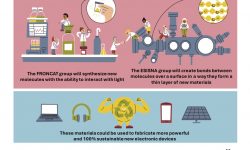
ESISNA, research group in Material Science, and FRONCAT, research group in Chemistry, will work together on PhotoSurf, a synergy I+D project of the Comunidad de Madrid. Both groups will join forces to mimic the photosynthesis process of plants and generate new materials using light. Project FOTOSURF-CM, ref. Y2020/NMT-6469
Nota de prensa del CSIC sobre un nuevo libro del vacío y sus aplicaciones
POSTDOCTORAL POSITIONS AT ESISNA GROUP
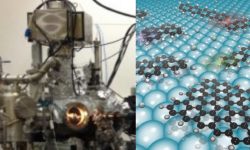
THE “INTERDISCIPLINARY STUDIES BASED ON NANOSCOPIC SYSTEMS” GROUP (ESISNA) (http://www.icmm.csic.es/esisna/) OF THE “ Institute of Materials Science of Madrid (ICMM-CSIC)” IS SEEKING THREE POST-DOCS 1.- Surface photochemistry: In the framework of a Synergy Project, we are seeking a postdoc with experience in STM (or nc-AFM), XPS and other surface characterization…
OFERTA DE CONTRATO PREDOCTORAL

Se ofrece contrato predoctoral de 4 años (contrato FPI asociado a proyecto) para la realización de una tesis doctoral en el consorcio ESISNA (http://www.icmm.csic.es/esisna/) / SENELC, pertenecientes al Instituto de Ciencia de Materiales de Madrid (ICMM-CSIC) y a la Universidad Autónoma de Madrid (UAM). La tesis doctoral se enmarca…
SYNTHESIS OF LONG-CHAIN ALIPHATIC HYDROCARBONS USING A GAS-PHASE METAL-FREE APPROACH (NAT. COMM. 2021)
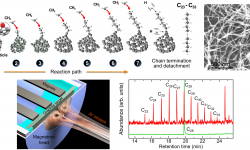
Nowadays, there is an urgent need for the development of sustainable processes to produce synthetic chemicals, including long-chain aliphatic hydrocarbons. Whereas current industrial processes make use of non-abundant metal catalysts and high temperatures and pressures, we have explored an alternative gas-phase synthesis using only atomic carbon and molecular hydrogen along…






